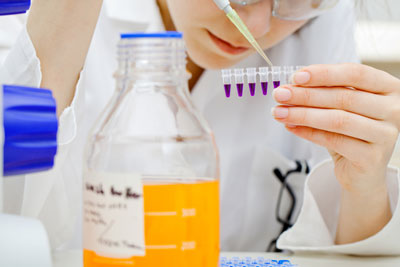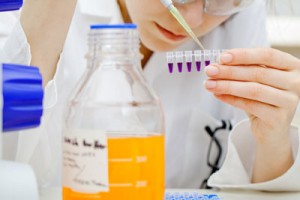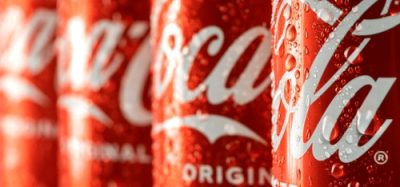Innovations in food safety technology are in demand, finds Frost & Sullivan
- Like
- Digg
- Del
- Tumblr
- VKontakte
- Buffer
- Love This
- Odnoklassniki
- Meneame
- Blogger
- Amazon
- Yahoo Mail
- Gmail
- AOL
- Newsvine
- HackerNews
- Evernote
- MySpace
- Mail.ru
- Viadeo
- Line
- Comments
- Yummly
- SMS
- Viber
- Telegram
- Subscribe
- Skype
- Facebook Messenger
- Kakao
- LiveJournal
- Yammer
- Edgar
- Fintel
- Mix
- Instapaper
- Copy Link
Posted: 31 July 2015 | Victoria White | No comments yet
Recent food product recalls due to potential health hazards have created the need for detailed monitoring of food safety at every step of the supply chain…


Recent food product recalls due to potential health hazards have created the need for detailed monitoring of food safety at every step along the supply chain.


As a result, the market is seeing the introduction of new pathogen testing technologies, novel packaging, intervention technologies, and advances in electronic tracking systems.
Recent analysis from Frost & Sullivan, Breakthrough Technologies Enabling Food Safety, examines technologies for pathogen detection in food at various levels of processing, intervention technologies for microbial reduction, packaging technologies, robotics and automation, technologies with electronic traceability, and sensor technologies.
“Highly publicised cases of foodborne illness have created much awareness among common people on the need for improved food safety,” noted Technical Insights Industry Analyst Arpita Mukherjee. “Companies across the food supply chain are thus looking to adopt novel technologies to obtain third-party certification to demonstrate their compliance with legal food safety requirements to promote customer confidence and brand value.”
The changing nature of pathogens due to mutation, and the risk of unknown contamination from indefinite sources, means that robust food safety technologies are required on both the supply and demand side of the market. The next five years will see substantial growth in food safety technologies as the food sector tries to meet the escalating demand for high-quality, affordable products.
Edible pathogen detection composition to gain industry attention beyond 2022
The industry is seeking safety technologies that are low-cost, customisable and enable rapid detection in addition to source identification. Primary technologies such as physical separation of contaminants, thermal and non-thermal interventions, packaging and protection coatings, biosensors, and automated food processing contain acceptance in the industry. The need is for more precise, reliable, and user-friendly technologies and materials that supplement these primary measures.
“Nanomaterials and nanobased technologies are attracting interest for rapid pathogen testing,” observed Mukherjee. “Sustainable technologies such as edible coatings or edible pathogen detection composition will gain industry attention beyond 2022. Advances in electronics and software application – involving electronic traceability, smartphones and mobile applications – will also have significant effect in food safety application in long term.”
High cost of food safety technologies a major challenge in the short term
However, confusion over food standards and regulations among nations has made it difficult to establish truly harmonised global food safety norms, creating uncertainties on the optimal set of food safety products to adopt. This, along with the high cost of food safety technologies, is a major challenge for the market in the short term. These challenges will subside in the next 3 to 10 years with further technology advances.
Overall, the industry’s key focus is to develop and adopt safety technologies to prevent food contamination and counterfeiting before these problems actually occur. To achieve this goal, an integrated effort in technology development, safety assurance and management strategy formulation will be essential.








